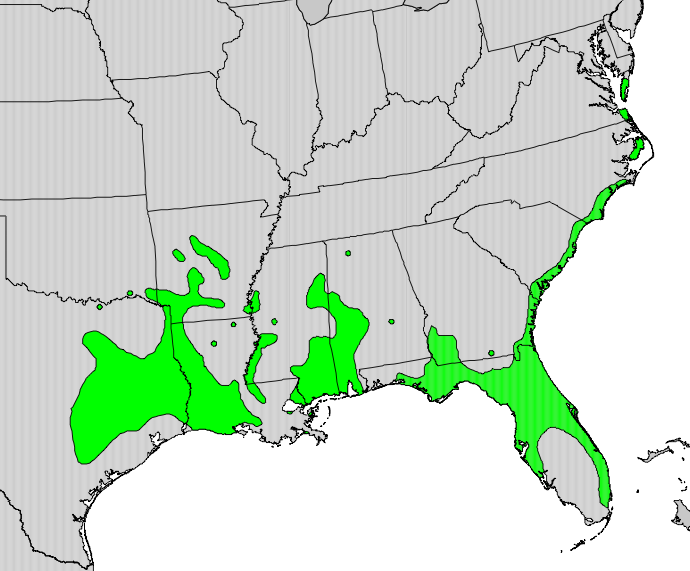|
|
|
|
1
|
2
|
3
|
4
|
|
5
|
6
|
7
|
8
|
9
|
10
|
11
|
|
12
|
13
|
14
|
15
|
16
|
17
|
18
|
|
19
|
20
|
21
|
22
|
23
|
24
|
25
|
|
26
|
27
|
28
|
29
|
30
|
31
|
|
|
|
130 registered members (leroycnbucks, Kang, baitstop, Mack1, Turkeyneck78, johnv, jwalker77, CKyleC, jellyhead11, BobK, FreeStateHunter, quailman, CB5121, Auburn_03, odocoileus, Mjh97, chevydude2015, low wall, BuckRidge17, RAmerica, brianr, alhawk, oldbowhunter, Bankheadhunter, just_an_illusion, Parker243, Driveby, CrappieMan, Showout, furnfeather, AU7MM08, BOFF, MikeP, Mbrock, cartervj, BentBarrel, Canterberry, Dempsey, Chiller, geeb1, WGDfarm23, JEM270, scrape, IDOT, mikewhandley, Peach, Paint Rock 00, lectrode, fr8-shkr, Whiskey9, coldtrail, BearBranch, Fullthrottle, skoor, cullbuck, TwoRs, 1hunter, Herdbull, 163dm, Gunpowder, Jwillbucks, desertdog, Turkey, smallgame, Gobble4me757, Dubie, Big Buck Video, Recovered, sw1002, JD_Bowhunter1976, Narrow Gap, PikeRoadHunter, BullMountain, Reaper, canvasback, need2hunt, Floorman1, MAG, lukecc, blade, NWFJ, sj22, Turkey Petter, Beer Belly, GoldenEagle, Claims Rep., Young20, GomerPyle, Uokman2014, capehorn24, gwstang, dirtwrk, Justice, gatorbait154, CNC, DGAMBLER, RayDog, sawdust, cbs, Rainbowstew, BCLC, Nowlide, 2 ducks, MarksOutdoors, BigA47, cullmanbamafan, Mdees, Remington270, specialk, dtmwtp, sanderson, Okalona, BPI, Skinner, SEWoodsWhitetail, RCHRR, icducks, Rolloverdave, jhardy, 11 invisible),
1,220
guests, and 0
spiders. |
|
Key:
Admin,
Global Mod,
Mod
|
|
|
 Re: Just because...photos
[Re: Wiley Coyote]
#2165135
Re: Just because...photos
[Re: Wiley Coyote]
#2165135
07/14/17 04:50 AM
07/14/17 04:50 AM
|
Joined: Apr 2016
Posts: 1,309
USA
Maggie123
 OP
OP
Doe
|
 OP
OP
Doe
Joined: Apr 2016
Posts: 1,309
USA
|
Beautiful picture of the Indian toothache tree. I bet over half the folks on here never knew what these trees can do for a toothache. Thanks for posting all the pics! Thanks...It is amazing the numbness that occurs when you chew the bark!! Never heard of such a tree and that is the first pic I've ever seen. Please elaborate...... From WIKI: Zanthoxylum clava-herculis (Hercules' club, Hercules-club, pepperwood, or southern prickly ash) is a spiny tree or shrub native to the southeastern United States. It grows to 10–17 m tall and has distinctive spined thick, corky lumps 2–3 cm long on the bark. The leaves are glabrous and leathery,[1] pinnately compound, 20–30 cm long with 7-19 leaflets, each leaflet 4–5 cm long. The flowers are dioecious, in panicles up to 20 cm long, each flower small, 6–8 mm diameter, with 3-5 white petals. The fruit is a two-valved capsule 6 mm diameter with a rough surface, and containing several small black seeds. The tree has also been called Z. macrophyllum. The genus name is sometimes spelled Xanthoxylum. Hence "Hercules Club" Along with the related Zanthoxylum americanum, it is sometimes called "toothache tree"[2][3] or "tingle tongue" because chewing on the leaves, bark, or twigs causes a tingling numbness of the mouth, tongue, teeth and gums. It was used for such medicinal purposes by both Native Americans and early settlers to treat toothache because of this.[4] The tree has a rounded crown and requires plentiful water and sunlight. Its leaves are browsed by deer and its fruit is eaten by birds. The fruit passes through birds, which helps the seeds to germinate.[4] The new trees tend to sprout below the favorite resting places of the birds, along fence rows and the edge of woods.[5] It is known to be host to a number of insect species, including the Giant Swallowtail (Papilio cresphontes) and the leaf beetle Derospidea brevicollis. Map of where this can be found inthe SE US:  All parts of the tree including the bark will numb the gums and tongue when chewed or sucked. Native Americans used prickly ash or tickle tongue tree as a painkiller. Native Americans chewed the bark for toothaches and drank berry tea for sore throats. The bark and berries are stimulants and have been used historically to treat digestive problems, rheumatism, skin diseases, nervous headaches, varicose veins and congestion. Prickly ash provides cover for wildlife and the blooms help to make a delicious honey. So far, I have discovered three of these on our property. Those thorns are wicked sharp too!!
Be kind to one another and tell the ones you love that you love them often. We never know what tomorrow will bring.
|
|
|
Moderated by Aldeer, Bronco 74, bucky, Colonel Angus, Dixiepatriot, Driveby, Dustin, hippi, riverrat, Shaw, Skinny, swamp_fever2002, Tree Hanger, YEKRUT
|











